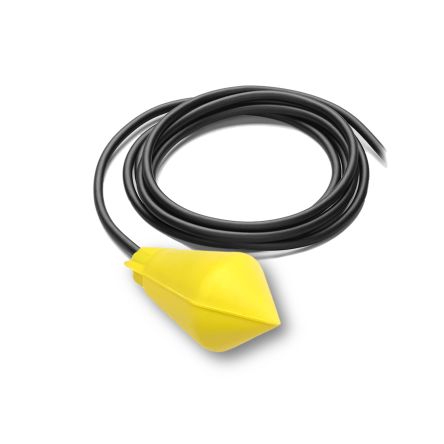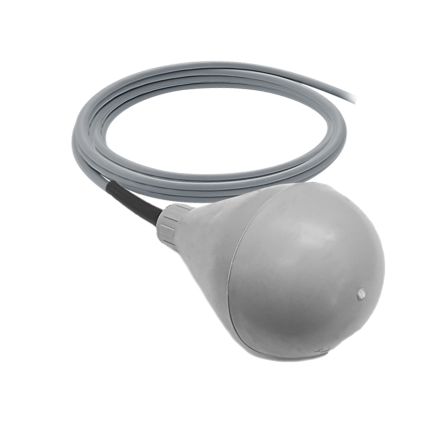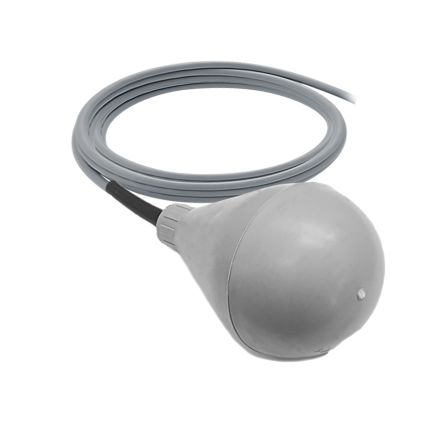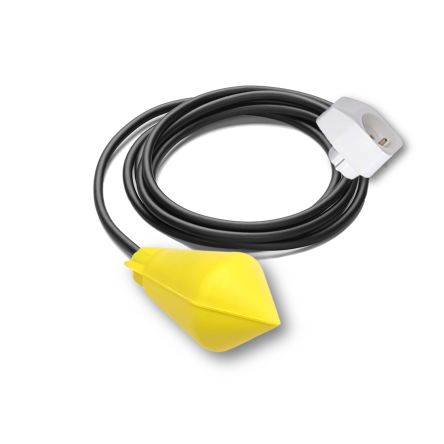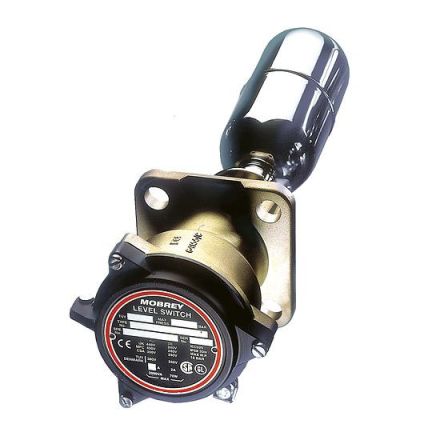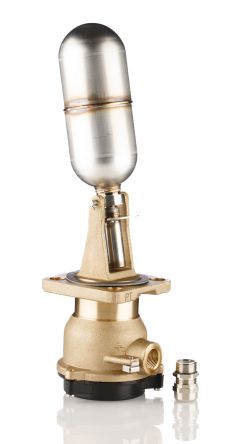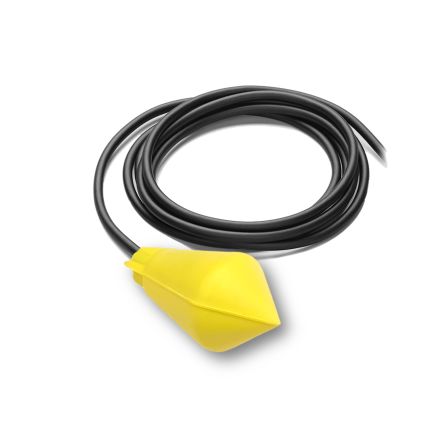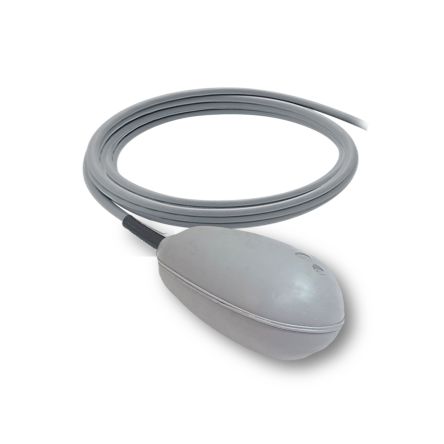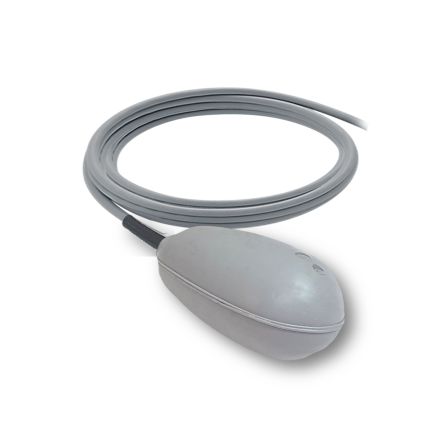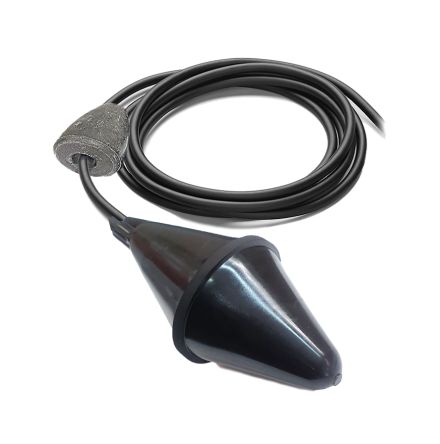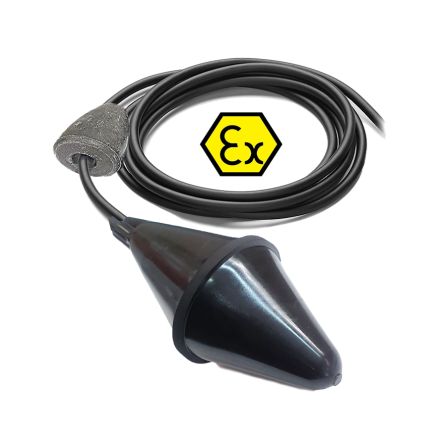| ATMI | Float | Liquid Level Alarm and Pump Controller | Cable Mount | SPDT | Copolymer Polypropylene | 5m | -40°C | +85°C | 400V | 250V | - | 3.5bar | - | - | - |
|
| ATMI | Float | Liquid Level Alarm and Pump Controller | Cable Mount | SPDT | Copolymer Polypropylene | 10m | -40°C | +85°C | 400V | 250V | - | 3.5bar | - | - | - |
|
| ATMI | Float | Liquid Level Alarm and Pump Controller | Cable Mount | SPDT | Copolymer Polypropylene | 6m | -40°C | +70°C | 250V | 125V | - | 2bar | - | - | - |
|
| ATMI | Float | Liquid Level Alarm and Pump Controller | Cable Mount | SPDT | Copolymer Polypropylene | 10m | -40°C | +70°C | 250V | 125V | - | 2bar | - | - | - |
|
| ATMI | Float | Liquid Level Alarm and Pump Controller | Cable Mount | SPDT | Copolymer Polypropylene | 5m | -40°C | +85°C | 400V | 250V | - | 3.5bar | - | - | - |
|
| Delta-Mobrey | Float Level Switch | Liquid Level Alarm and Pump Control | Side Mount | SPST | Aluminium Alloy | - | - | +210°C | 440V | 240V | 5 A | 33.8bar | Non-Asbestos Sheet | - | - |
|
| Delta-Mobrey | Float Level Switch | Liquid Level Alarm and Pump Control | Side Mount | SPST | Aluminium Bronze | - | - | +210°C | 440V | 240V | 5 A | 18bar | Non-Asbestos Sheet | ATEX | - |
|
| ATMI | Float | Liquid Level Alarm and Pump Controller | Cable Mount | SPDT | Copolymer Polypropylene + HR HY | 5m | -40°C | +90°C | 250V | 125V | - | 4bar | - | ATEX | - |
|
| Delta-Mobrey | Float Level Switch | Liquid Level Alarm and Pump Control | Side Mount | SPST | Aluminium Bronze | - | - | +210°C | 440V | 240V | 5 A | 18bar | Non-Asbestos Sheet | - | - |
|
| ATMI | Float | Liquid Level Alarm and Pump Controller | Cable Mount | SPDT | Copolymer Polypropylene | 20m | -40°C | +70°C | 250V | 125V | - | 2bar | - | - | - |
|
| ATMI | Float | Liquid Level Alarm and Pump Controller | Cable Mount | SPDT | Copolymer Polypropylene | 20m | -40°C | +85°C | 400V | 250V | - | 3.5bar | - | - | - |
|
| ATMI | Float | Liquid Level Alarm and Pump Controller | Cable Mount | SPDT | Copolymer Polypropylene | 20m | -40°C | +85°C | 250V | 125V | - | 3.5bar | - | - | - |
|
| ATMI | Float | Liquid Level Alarm and Pump Controller | Cable Mount | SPDT | Copolymer Polypropylene | 10m | -40°C | +85°C | 250V | 125V | - | 3.5bar | - | - | - |
|
| ATMI | Float | Liquid Level Alarm and Pump Controller | Cable Mount | SPDT | Copolymer Polypropylene | 6m | -40°C | +85°C | 250V | 125V | - | 3.5bar | - | - | - |
|
| ATMI | Float | Liquid Level Alarm and Pump Controller | Cable Mount | SPDT | Copolymer Polypropylene + HR HY | 10m | -40°C | +90°C | 250V | 125V | - | 4bar | - | - | - |
|
| ATMI | Float | Liquid Level Alarm and Pump Controller | Cable Mount | SPDT | ABS | 5m | -40°C | +85°C | 250V | 125V | - | 3.5bar | - | - | - |
|
| ATMI | Float | Liquid Level Alarm and Pump Controller | Cable Mount | SPDT | Copolymer Polypropylene + HR HY | 5m | -40°C | +90°C | 250V | 125V | - | 4bar | - | - | - |
|
| ATMI | Float | Liquid Level Alarm and Pump Controller | Cable Mount | SPDT | Copolymer Polypropylene + HR HY | 10m | -40°C | +90°C | 250V | 125V | - | 4bar | - | ATEX | - |

